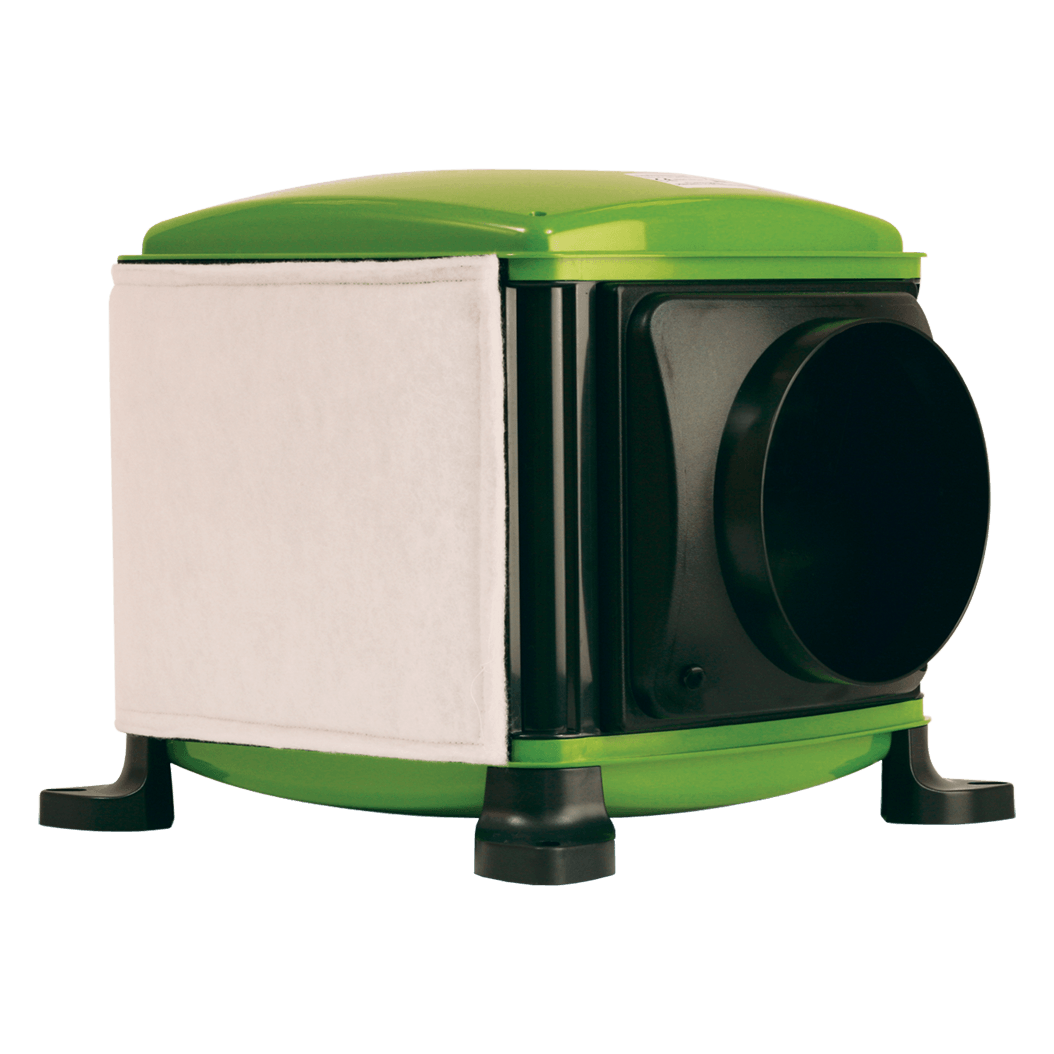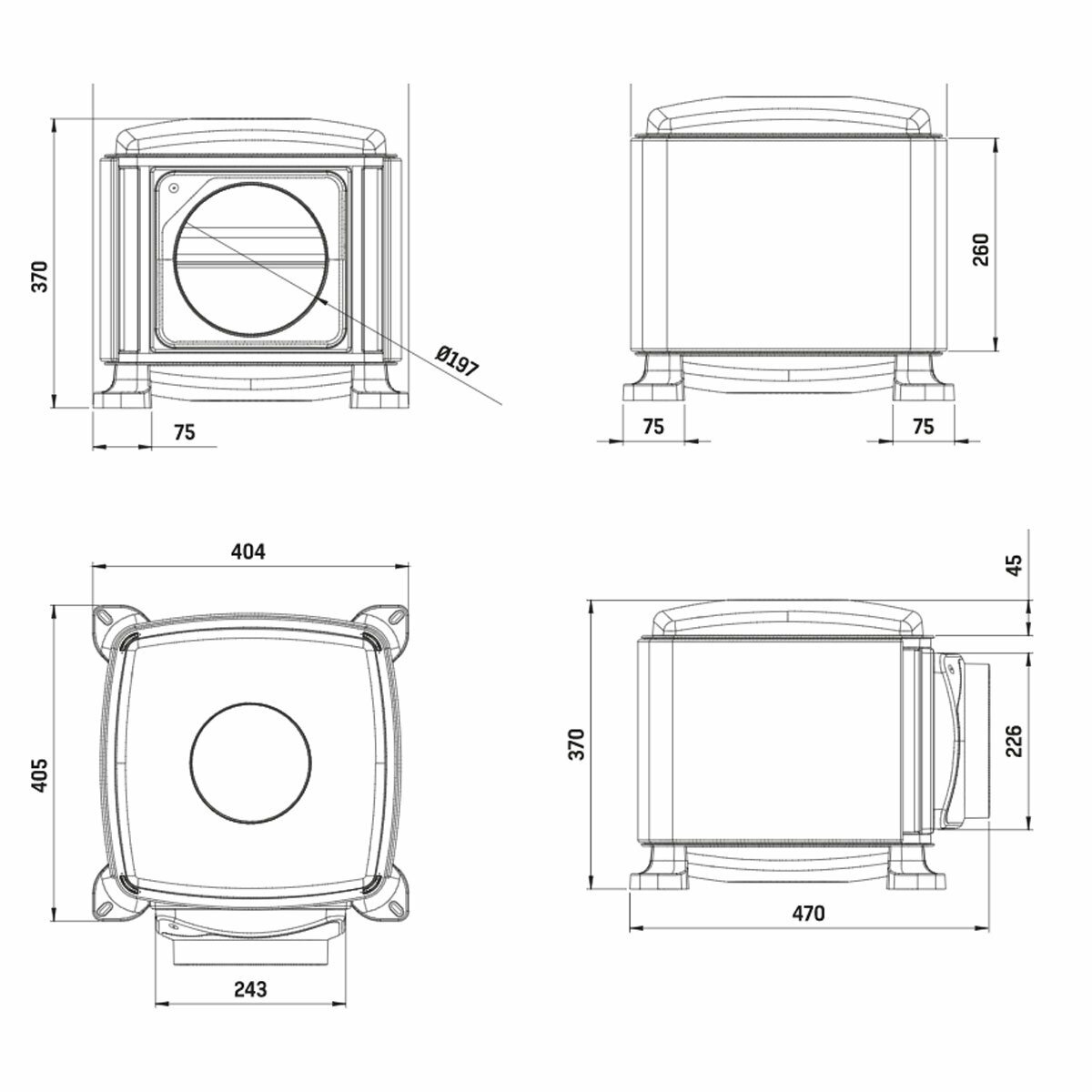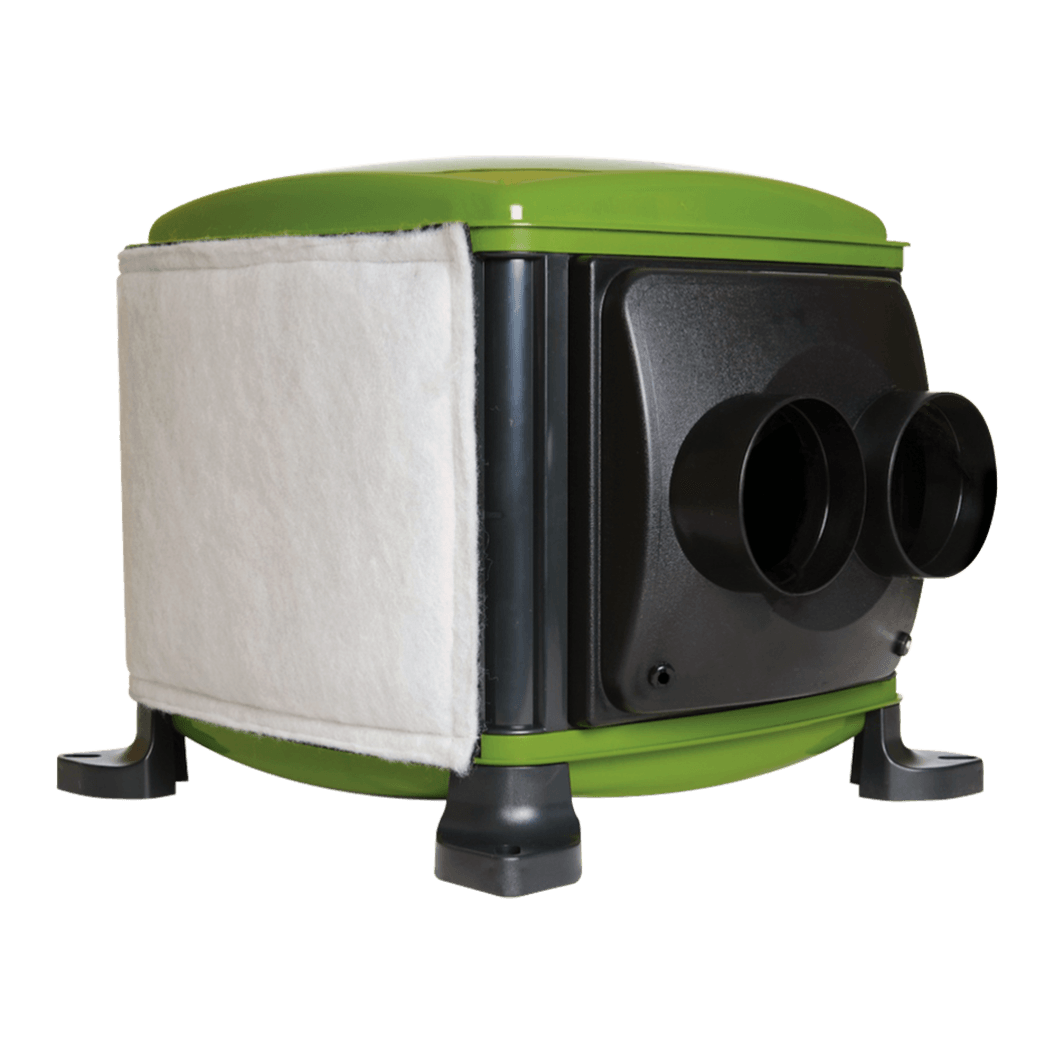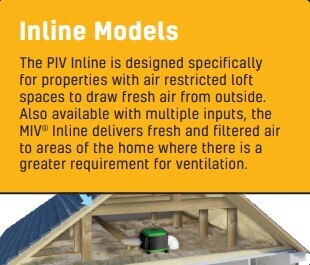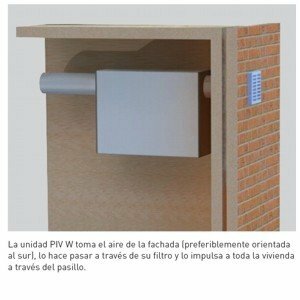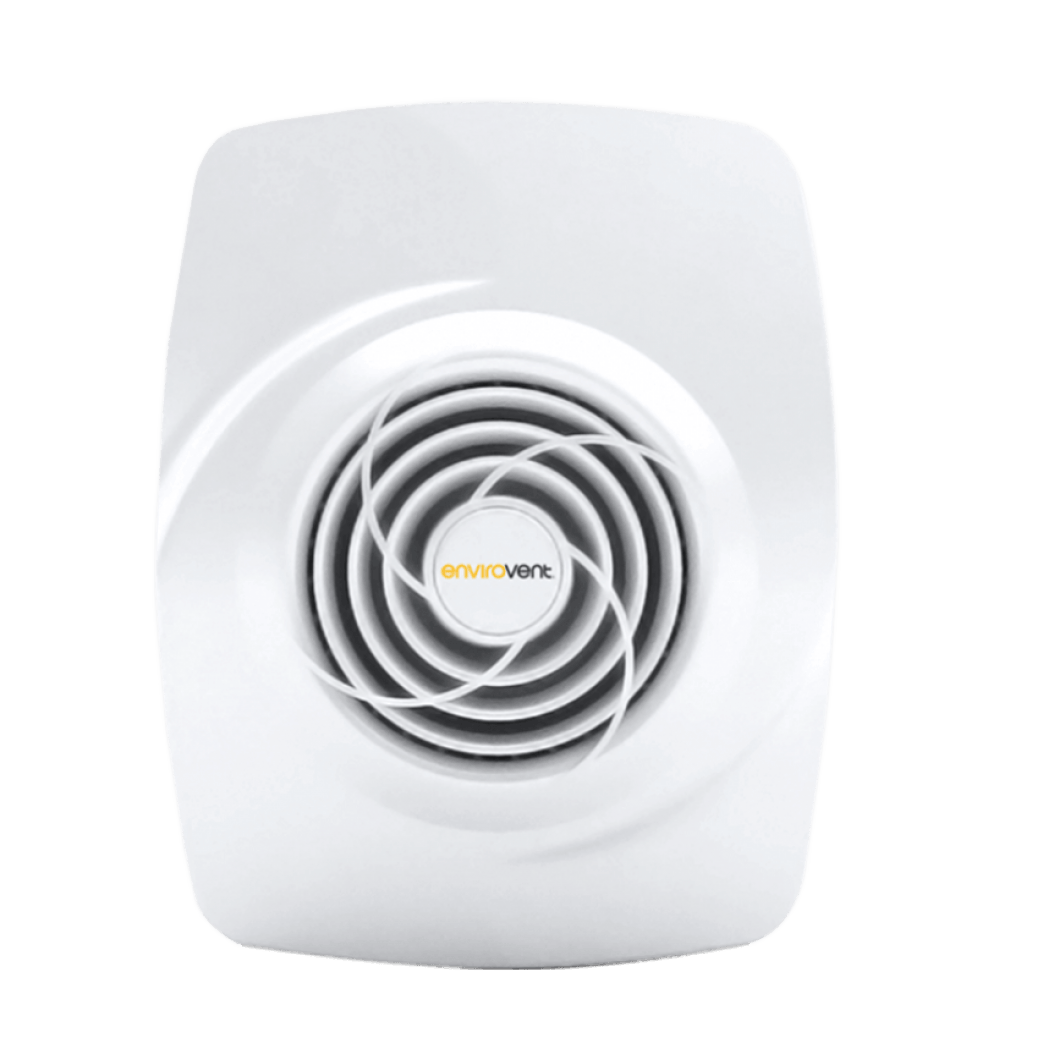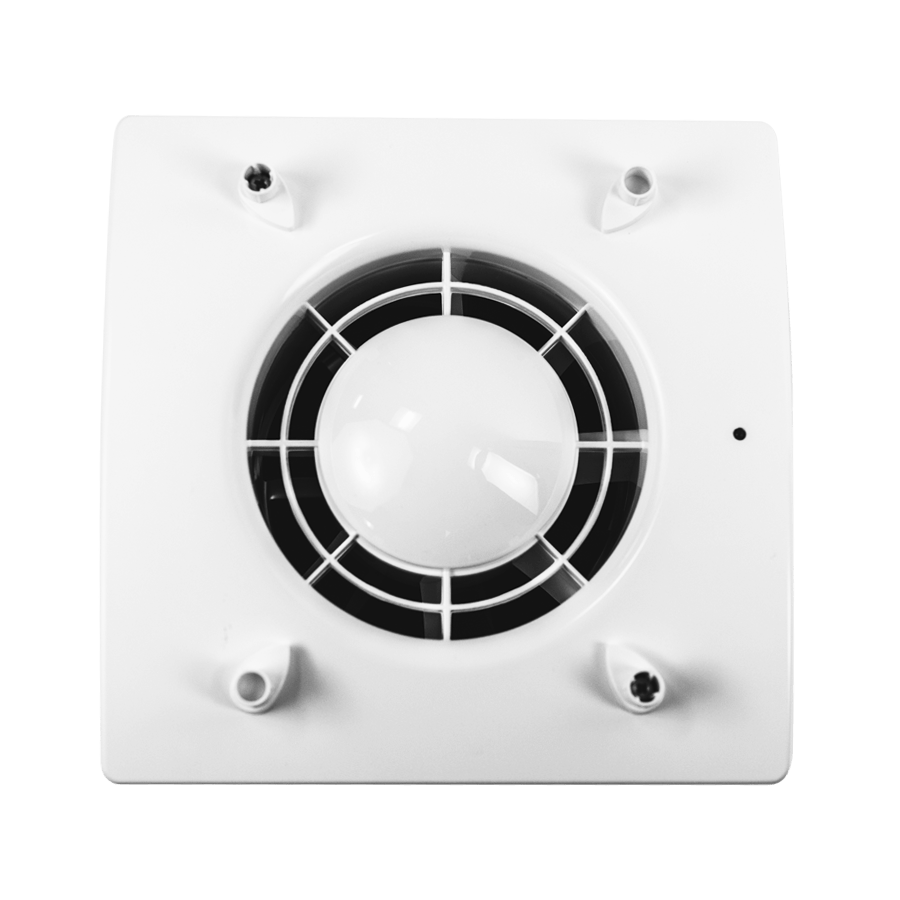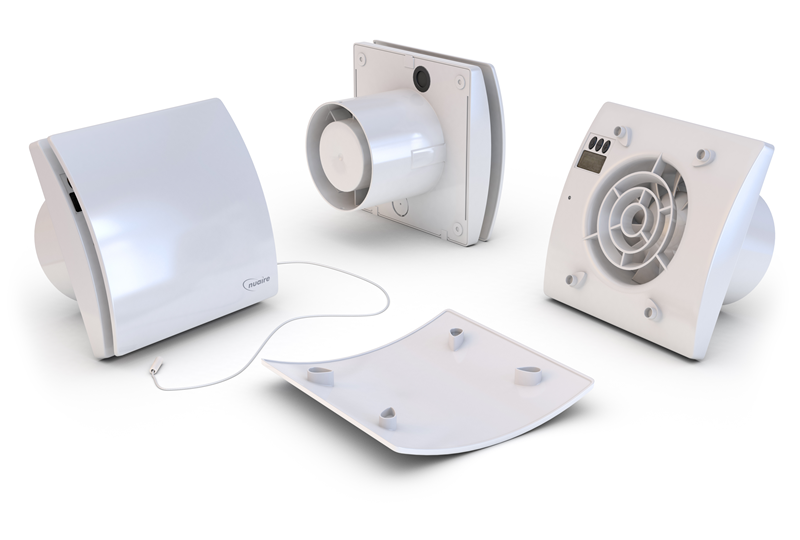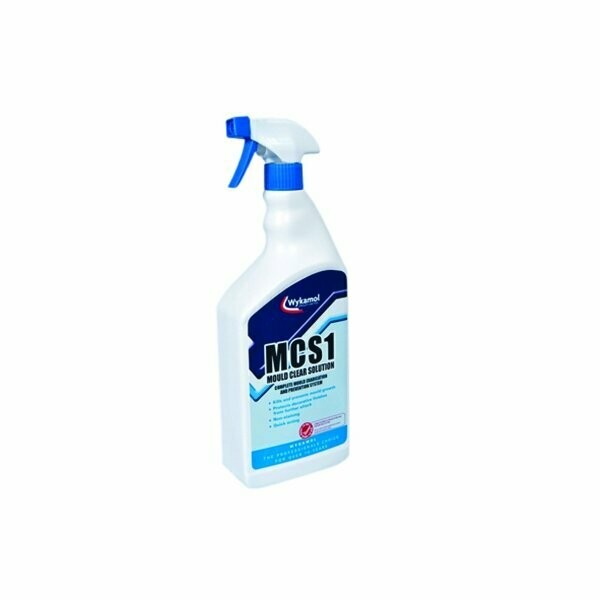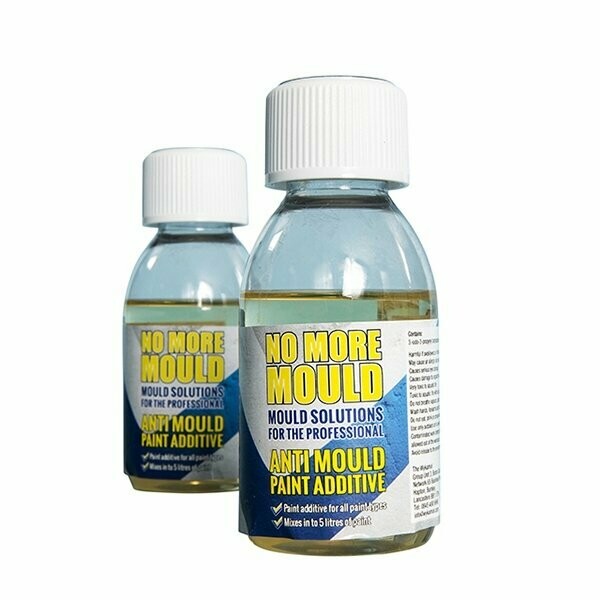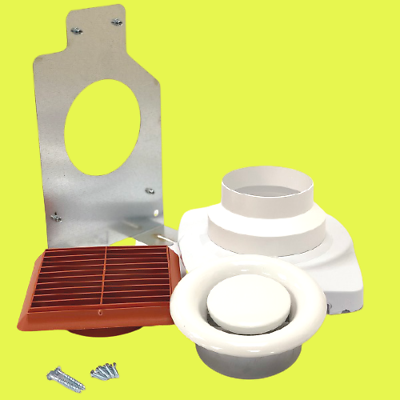Condensation Problem
Condensation Problem in A House
Over the last few years condensation in houses has become an increasing problem mainly due to the improve standards of air tightness and insulation in new homes or in houses that have been upgraded and retrofitted. Houses built before the early 1990’s usually had enough air leakage naturally that they did not rely on ventilation systems been installed or working correctly. Curing condensation can be as simply as improving the ventilation in the house.
But very often it is not the room that is been affected with condensation that is causing the ventilation problem but instead areas such as the bathrooms and kitchen where large amounts of moisture are created and affecting the whole house. Unless it is a problem in a bathroom or kitchen only, you should look at the ventilation standard of the whole house.
Solutions to The Condensation Problem
When trying to solve condensation problems other areas that you should take into consideration are:
- Existing wall or trickle vents, many houses have too few natural vents to give your house a constant low rate of ventilation and provide fans with an air flow from outside. Galvanized vents because the way they are installed usually give a very poor rate of ventilation. Trickle vents that are retrofitted or poorly installed can provide a limited amount of ventilation.
- Extractor fans in bathrooms, usually when the flow rate is tested the fan is operating at under half the recommended extraction level. The real reason for this is because the fans are usually not installed by a certified installer and the air flow tested after the install. Most fans installed in houses and apartments are purchased for around €20 and have no details about the power output of the fan. The grille, ducting, and length of time the fan is in operation massively affects the amount of humidity that is extracted. If the fan is ducted into the attic the ducting should be solid ducting and insulated.
- Depending on the ventilation system there should be a cooker hood extractor in the kitchen. Sometimes these fans are used for a limited amount of time because of the noise they create.
- Utility rooms should have extraction.
- Toilets should have extraction.
- All stoves, fires, gas fires and solid fuel appliance should have a permanent open vent in the same room according to the kilowatt size of the appliance.
- Internal doors that are tight fitting to the saddle board can stop air circulation through the house. According to the TDG part F ventilation regulations provision should be made to facilitate the transfer of air and cross ventilation between rooms, e.g. a 10 mm gap should be provided under doors. Different rules apply to apartments because of fire regulations.
- Ventilation of the attic space should be checked as condensation can cause real problems with wood worm and wood rot in the rafters. If you have a problem with condensation in the house, you may also have a problem in the attic as moisture from the house will make its way through the plaster board. Very often when new PVC facia and soffit board are fitted the vents do not go through the original wooden soffit board.
- Ventilation of suspended timber floors as moisture from the house can condensate underneath the wooden floorboards.
- Drying clothes in the house can add massively to the moisture level in the house and affect any room.
- The way we heat our homes and our heating pattern. With the massive number of stoves installed over the last decade we sometimes find people are heating the living area of the house and only heating other areas for a limited amount of time. You can really only tell by taking the absolute moisture level in the house to find out if heating or ventilation is the problem.
- Problems with your heating systems such as a sludge build up in the radiators or air locking can also add to problems in some rooms such as north facing bedrooms which already have a large heat loss. Thermal imaging is very good at highlighting these issues.
- Insulation and thermal bridging can be the cause of excessive condensation in some houses. The more you insulate the house the smaller the areas there are for condensation to form and hence the increase levels of condensation. These areas can be found and highlighted with thermal imaging.
- Poor doors and window frames which provide no thermal breaks or insulation. This can be highlighted with thermal imaging.
Recommended Products For Condensation & Damp Control
-
Envirovent PIV Loft Mounted Unit
SKU 00000Buy Now€586.00 €690.00Lowest price in 30 days: €690.00 -
Envirovent MIV Loft Mounted Unit
SKU 00001€720.00Buy Now -
Envirovent Inline Loft PIV Loft Mounted Unit
SKU 00075€790.00Buy Now -
S&P PIV Wall
SKU 00006€740.00Buy Now -
Envirovent Filterless NB Extractor Fan
SKU 00030Buy Now€208.00 €260.00Lowest price in 30 days: €260.00 -
Mori dMEV II 150HT Extract Fan
SKU 00016€220.00Buy Now -
Nuaire Faith dMEV Extractor Fan
SKU 00072€170.00Buy Now -
MCS1 Mould Clear
SKU 00026€18.00Buy Now -
MCS3 Fungicidal Additive
SKU 00011€15.00Buy Now -
Envirovent Inline Filterless Fan NB
SKU 00078€250.00Buy Now
We offer a supply and fit service or supply only with any information needed on the installs
Get in touch
Loughview Solutions
Drummullagh, Omeath
Co.Louth, Ireland, A91 PNH7
Tel. 042 937 5201
Email: info@loughviewsolutions.ie
Sectors
Quick Links
© 2023 Loughview Solutions. All Rights Reserved. Privacy Policy

